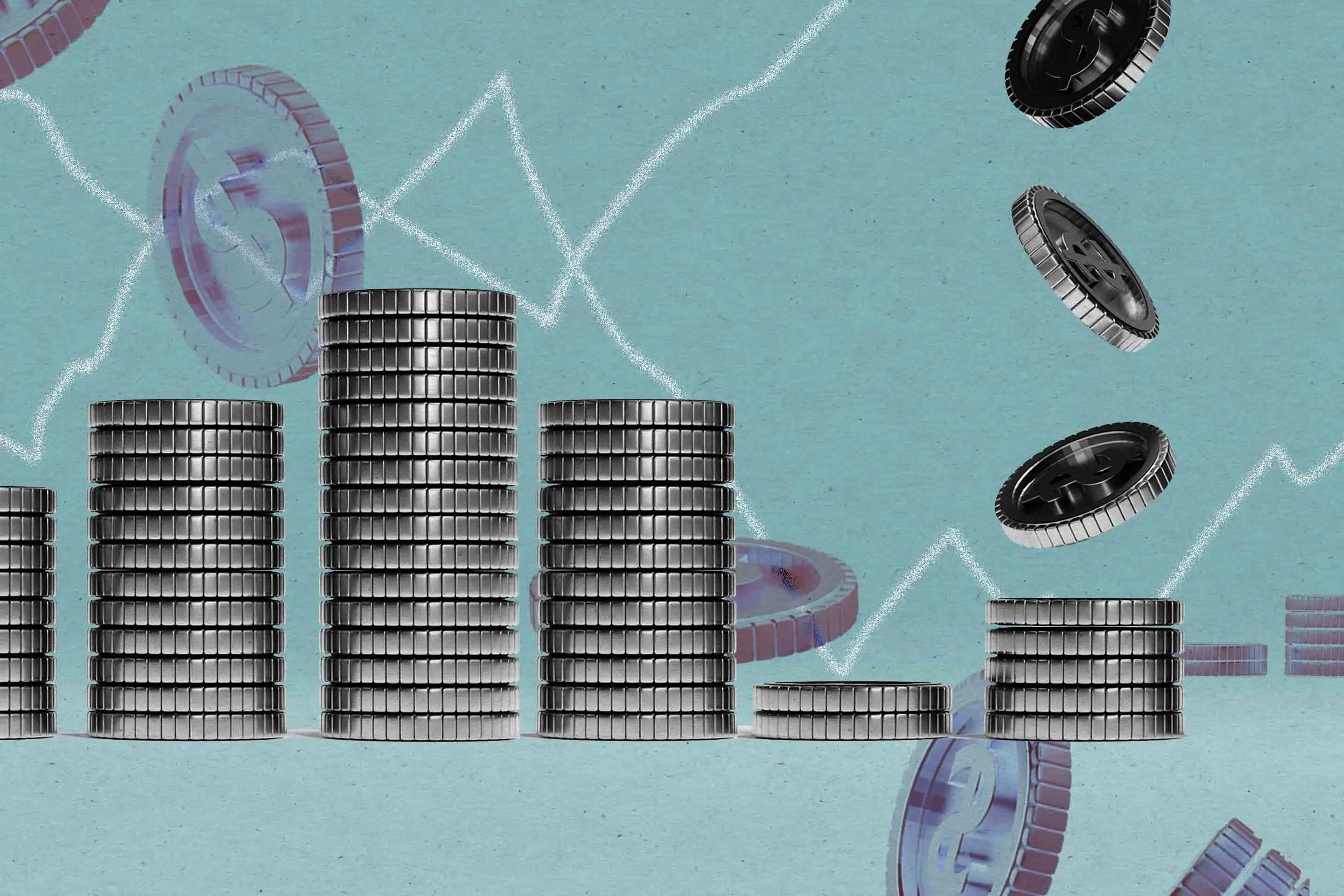Americans grew their retirement savings over the past year, boosting 401(k) contributions while also benefiting from stock market gains.
The average 401(k) balance had increased 13% year over year as of the second quarter, which ended in June, according to a new report from investment management firm Fidelity.
It was the third consecutive quarter of growth, and it can be credited (mostly) to positive movement of stocks. The S&P 500, the index that tracks 500 of the largest U.S. companies, is up about 18% in the past year.
Fidelity’s analysis brings welcome news, as the recent performance of retirement accounts represents a rebound after a downswing in 2022. That was the worst year for 401(k) account performance since the Great Recession because stocks and bonds both fell sharply.
It takes patience to achieve your goals through a 401(k) — and there can certainly be ups and downs — but it’s a tried-and-true method to save for retirement. Plans allow participants to make pre-tax contributions, receive employer matches and invest in a diversified portfolio of assets.
Overall, the average 401(k) balance as of June was $127,100. Here’s a breakdown of how much each generation had saved:
- Boomers (born between 1946 and 1964): $242,200
- Gen Xers (born between 1965 and 1980): $182,100
- Millennials (born between 1981 and 1996): $62,000
- Gen Zers (born between 1997 and 2012): $12,000
The average 401(k) savings rate, including employer contributions, was 14.1% in second quarter, which is a record level and the closest ever to the 15% savings rate recommended by Fidelity.
Regardless of age, Americans’ 401(k)s are mainly invested in stocks and bonds, usually through mutual funds or target-date funds. These plans allow employees to schedule regular contributions, which are not taxed until you take withdrawals after age 59 1/2. The suggested strategy is generally to withdraw the funds once you’ve retired and are in a lower income tax bracket.
More from Money:
7 Best Gold IRA Companies of 2024
The Number of Bitcoin Millionaires Doubled in the Last Year
Here’s How Much Money Americans Think They Need to Be ‘Wealthy’ Today
